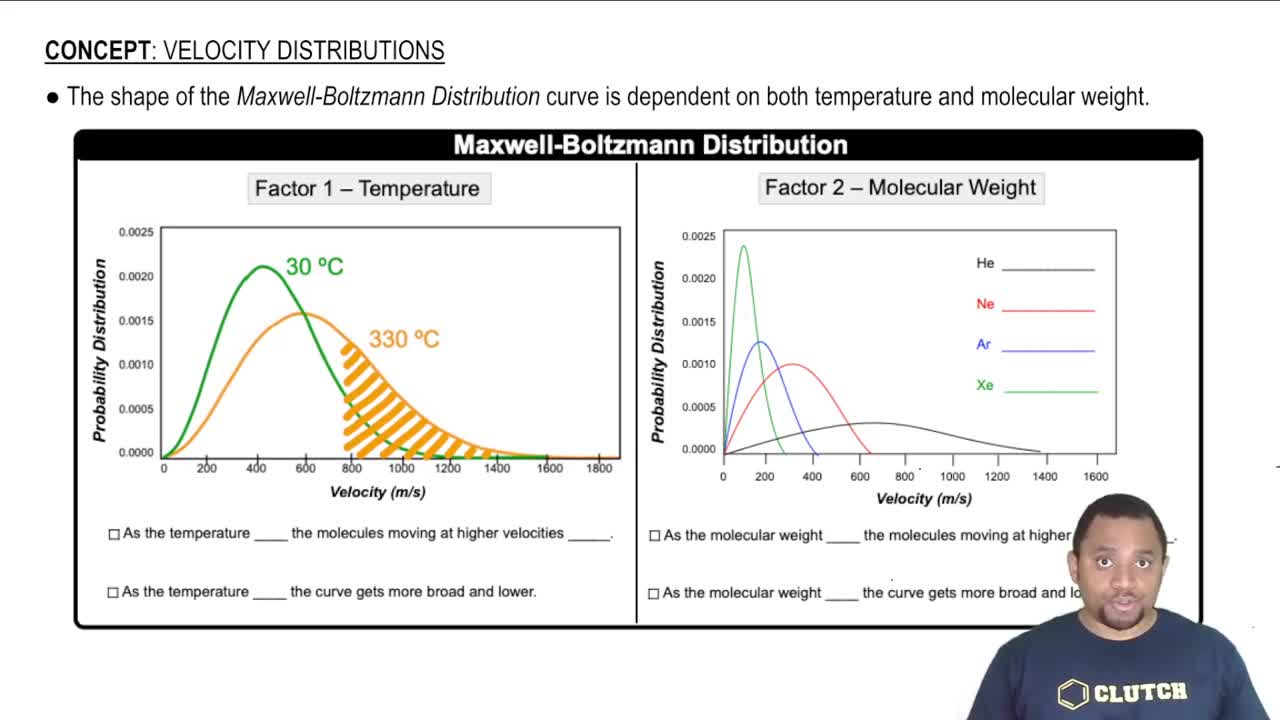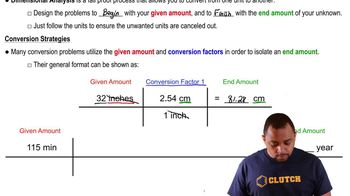Here are the essential concepts you must grasp in order to answer the question correctly.
Unit Conversion
Unit conversion is the process of converting a quantity expressed in one set of units to another. This involves using conversion factors, which are ratios that express how many of one unit are equivalent to another. For example, to convert inches to kilometers, one must know the relationship between these units, such as 1 inch equals 0.0000254 kilometers.
Recommended video:
Speed and Velocity
Speed is a scalar quantity that represents the rate of motion, defined as the distance traveled per unit of time. It is typically expressed in units such as meters per second (m/s) or kilometers per hour (km/hr). Understanding speed is crucial for conversions, as it allows for the comparison of different units of measurement in terms of how fast an object is moving.
Recommended video:
Dimensional Analysis
Dimensional analysis is a mathematical technique used to convert one set of units to another by analyzing the dimensions involved. It involves multiplying by conversion factors that cancel out the original units, leaving the desired units. This method ensures that the calculations are consistent and accurate, making it a powerful tool in solving problems involving unit conversions.
Recommended video:
 Verified step by step guidance
Verified step by step guidance


